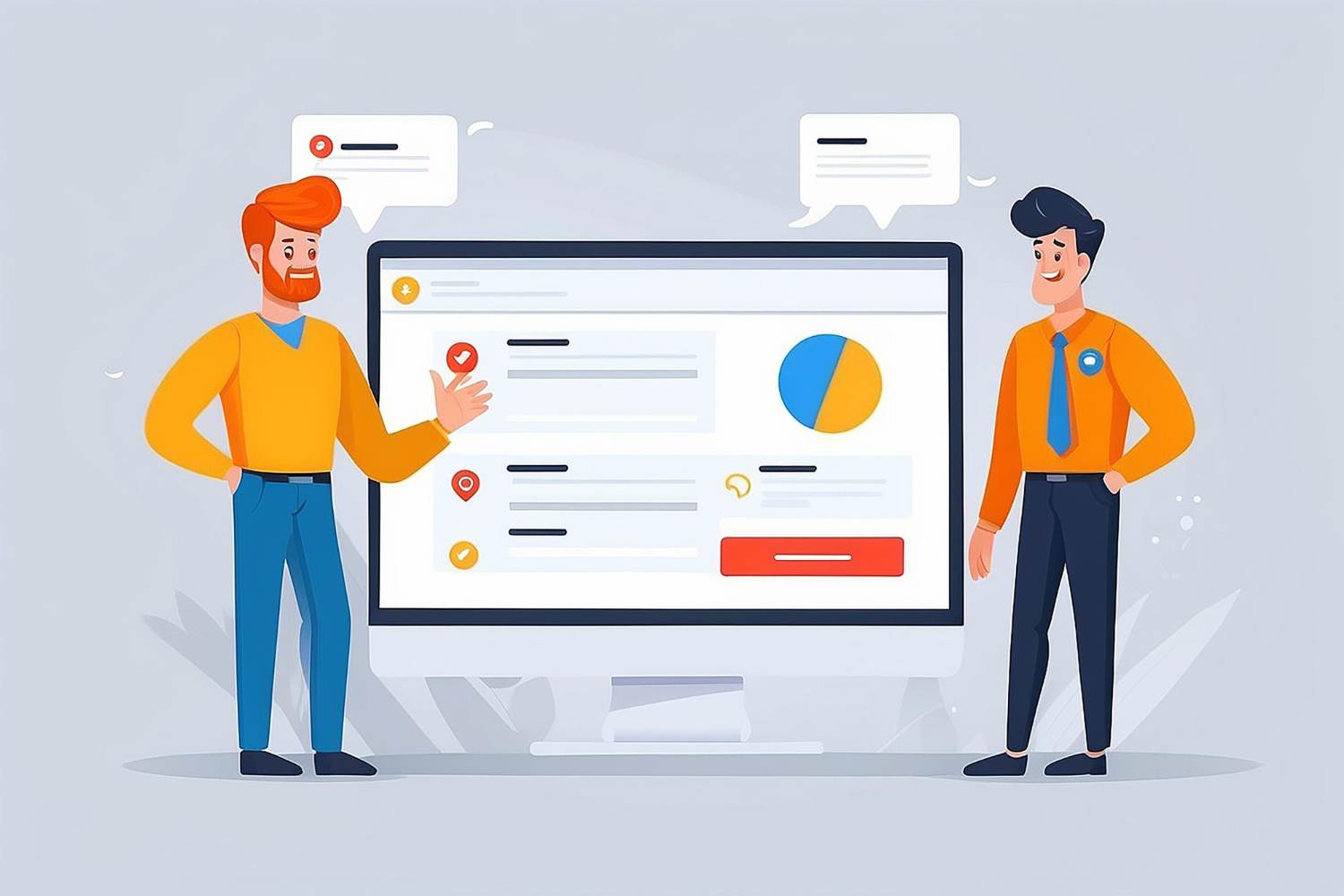1. Webflow – Design Meets Code
Webflow has quickly become a favorite among professional designers. It allows you to design visually but also gives full control over the underlying code (HTML, CSS, and JavaScript). You can create complex animations, responsive layouts, and CMS-based sites, all without writing a single line of code, unless you want to.
It’s perfect for agencies and freelancers who want pixel-perfect control and easy handoff to clients.
If you’re new to Webflow, you might enjoy reading Best Website Design Software for Beginners to see how it compares to entry-level tools like Wix or Squarespace.
2. Adobe Dreamweaver – The Classic Power Tool
Dreamweaver has been around for years, and it’s still one of the most powerful tools for professional web designers. It combines a visual design interface with direct code editing, letting you see real-time changes as you work.
It supports multiple programming languages like HTML, CSS, JavaScript, and PHP, making it ideal for developers who like full control over their designs.
If you’re deciding between free and premium tools, check out Free vs Paid Website Design Software to see which suits your workflow best.
3. Figma – The Collaboration King
Figma has transformed how designers work together. It’s a cloud-based design platform that allows multiple people to work on the same project in real-time. You can create UI mockups, prototypes, and share feedback instantly — all in your browser.
For web teams working remotely, Figma is a game changer. It’s not a builder itself, but it’s essential for designing web layouts before development starts.
4. Sketch – Built for UI and UX Design
Sketch is another favorite among UI and UX designers. It’s lightweight, Mac-only, and focuses entirely on interface design. You can create high-fidelity prototypes and export assets for development easily.
Many professional teams pair Sketch with tools like Zeplin or Figma for smoother collaboration.
5. Framer – Design to Live Website
Framer started as a prototyping tool but has evolved into a full-fledged website builder for professionals. You can design, animate, and publish all in one place, without writing code.
It’s great for portfolio sites, startups, and landing pages that need a polished, interactive feel.
6. Visual Studio Code – For Developers Who Design
If you prefer coding your designs, Visual Studio Code (VS Code) is your go-to editor. It’s free, fast, and supports all modern web technologies. You can pair it with frameworks like Tailwind CSS or Bootstrap to create responsive, custom websites from scratch.
If you’re exploring ecommerce design tools next, check out Website Design Software for eCommerce — it covers Shopify, Wix eCommerce, and more developer-friendly options.
Final Thoughts
Professional web design is about balance, creativity meets code. Whether you prefer visual tools like Webflow and Framer, or hands-on environments like Dreamweaver and VS Code, the best tool is the one that fits your workflow.
Start by mastering one platform deeply, then expand. Great design doesn’t come from the software, it comes from how you use it.
Next, don’t miss How to Choose the Right Website Design Software to find the perfect fit for your goals and skill level.
Interesting Reads
How to Choose the Best Website Builder for Custom HTML Editing


